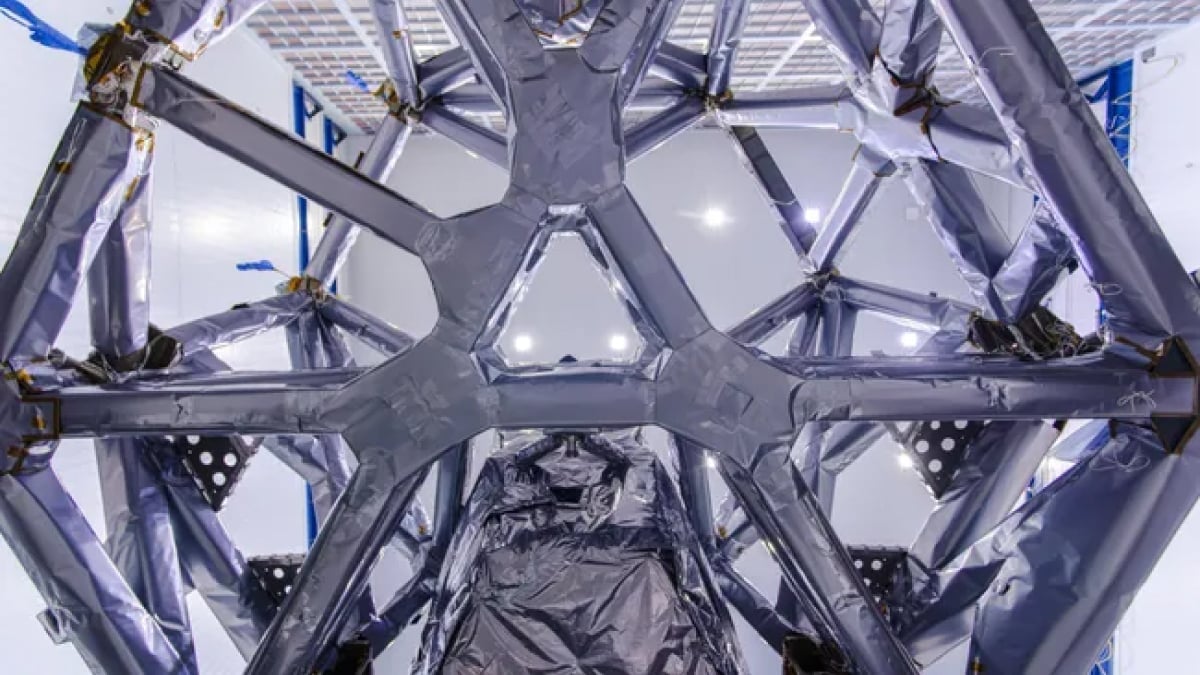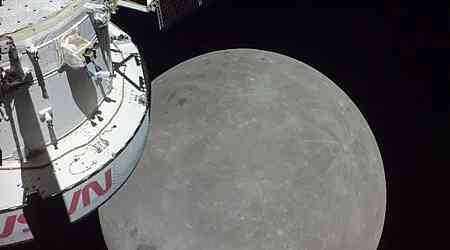In an October 2024 milestone, scientists at NASA's Jet Propulsion Laboratory completed the integration of the Roman Coronagraph Instrument onto the Nancy Grace Roman Space Telescope, an upcoming observatory set for launch in May 2027. This highly advanced coronagraph, capable of detecting planets up to 100 million times dimmer than their host stars, has been crafted to block out starlight to make the faint light of exoplanets visible. The integration marks a key step toward developing technology that could one day help NASA locate Earth-like planets in other solar systems.
Coronagraph Instrumentation and Technology Demonstration
The Roman Coronagraph, approximately the size of a baby grand piano, comprises an intricate system of masks, prisms, and mirrors that work in concert to obstruct starlight. According to Rob Zellem, Deputy Project Scientist for Roman Telescope Communications, the instrument aims to demonstrate technologies critical for future space telescopes like the proposed Habitable Worlds Observatory, designed to find life-supporting exoplanets. The Instrument Carrier, which houses the coronagraph, was attached to the Roman Telescope at NASA's Goddard Space Flight Center. This section, often described as the “skeleton” of the observatory, will soon be integrated with Roman's primary science instrument, the Wide Field Instrument, completing the telescope's core.
Exoplanet Imaging: Beyond Traditional Transit Detection
Currently, most exoplanet discoveries rely on a method called transiting, which measures the dimming of a star when a planet crosses in front of it. However, this technique is limited by the rare alignment of planetary orbits with Earth's line of sight. Direct imaging, particularly through coronagraphy, is an emerging method that allows scientists to observe planets without relying on transit events. While ground-based telescopes have had some success using coronagraphs, such as imaging planets orbiting the star HR 8799, the Roman Coronagraph's advanced design promises to achieve unprecedented sensitivity in space.
Next Steps for NASA's New Telescope
With the coronagraph now successfully integrated, NASA's engineering team will perform a series of system checks before installing the Wide Field Instrument later this year. Liz Daly, Lead for Integrated Payload Assembly at Goddard, emphasized the collaborative efforts of various teams in bringing the Roman observatory closer to completion. The Roman Telescope's ability to explore dark energy, exoplanets, and infrared astrophysics will set a new standard in space observation.
































